The Contax TVS is a fancy compact zoom camera from the mid nineties. Its body is made out of Titanium, it has a really nice Zeiss Vario-Sonar zoom lens and a good range of sensible manual controls. The TVS does a very good job at pretty much all the things I want from a camera like this and it does those things in a pleasurable and tactile way. It’s nicely built, well designed and not outrageously expensive. I’ve found myself using mine a lot for casual photography so thought readers of 35mmc might be interested in hearing more.
I bought my TVS on a whim from Ebay last year. I was feeling a Contax-shaped hole in my life after selling an underused T2 and knackered TVS-III a year or so previously. I had modest expectations which were mainly exceeded.
When the TVS came out in 1994 most of the big camera makers were competing to outdo each other at the luxury end of the compact market. The TVS was Contax’s flagship zoom in the ‘dentist’s camera’ category. It cost a whopping £1000 new – plus quite a bit more for extras! These days it’s overshadowed by its more famous fixed lens cousins in the T range and by later model TVS zooms.
Hamish has written about the Contax T3 and T2 (and more recently the TVS II and TVS III), and I can vouch also for the T2 and TVS III as well. Those are fine machines – the internet is right, they are objectively ‘better’ in many technical respects. But here on 35mmc objectivity is only ever part of the story. The TVS is not for everyone and not for every photographic situation but, these days, I think there are lots of good subjective reasons to consider it. I’ll start with the superficial stuff…
Packaging
I don’t know exactly what the box is made of. For the money back in the day I’d have wanted it hand-stitched from the skins of a thousand albino voles. More likely it’s velveteen on stiff board. Either way, it’s quite nice in a sort of ‘executive lounge’ way and has a smooth feel when opened to reveal the silky interior. Inside you have the camera itself, a pouch case, metal lens cap and strap. I imagine this kind of thing was very important to people who’d dropped over a grand for a compact. It looks like this…
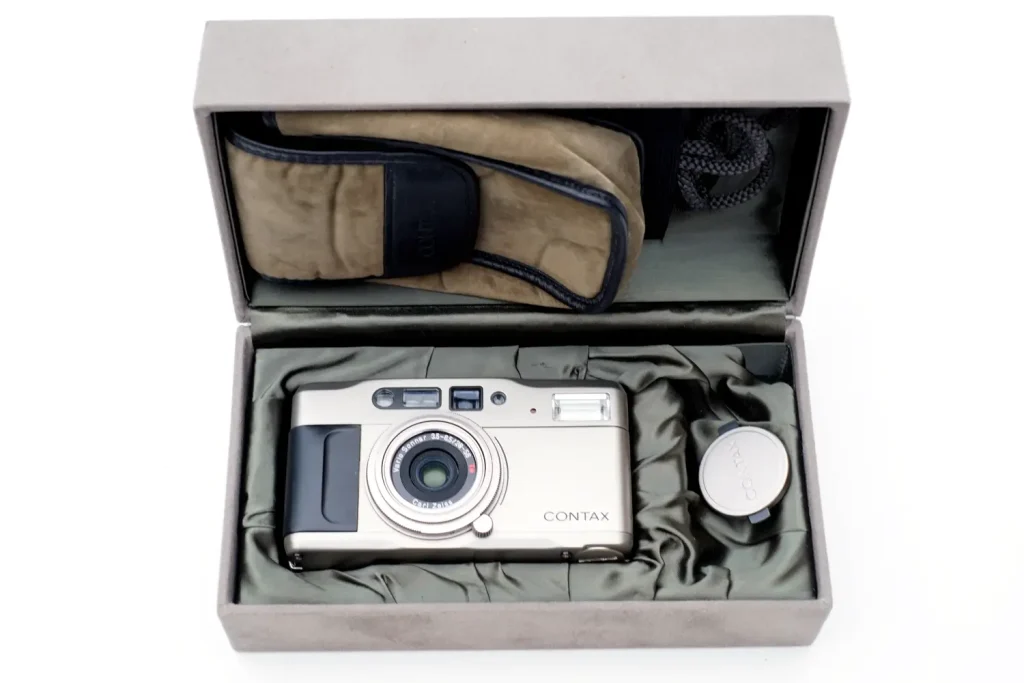
The ‘executive lounge’ feel carries through to the whole design of the TVS. It’s totally of its time. To my eyes this is not a particularly beautiful camera, rather an efficient looking thing in the manner of much luxe industrial design from the 90s.
Layout and controls
There are just a few controls on the TVS and they’re mainly useful ones. The top of the Contax TVS is clean and smart. Two dials, three little buttons and two LCDs. Exposure compensation in the range +/- 5 stops is set using a physical dial on the top left which thankfully doesn’t reset itself when the camera is turned off. Focus is set with the dial on the right and has options for autofocus, 0.5m, 0.7m, 1m, 2m, 5m or infinity. There’s a small flash button which cycles through modes and a self timer slider which gives you about 12 seconds delay. The shutter release button is recessed and positioned quite far to the right of the top plate.
The LCDs are small and basic. The left panel shows the flash mode and exposure compensation setting while the right one shows the current frame number. A half press of the shutter release replaces the frame counter with a quite handy confirmation of the exact focal length setting of the zoom. None of these displays are critical, just useful, so if the LCDs fail (which they’re likely to eventually) this camera should still be just about usable.
Aperture is set with a firm and clicky ring on the lens itself with options from f3.5 – f16 in 6 increments. There’s also an automatic programme P mode which is where I leave it most of the time. There’s no way to directly set shutter speed, this is an aperture priority camera.
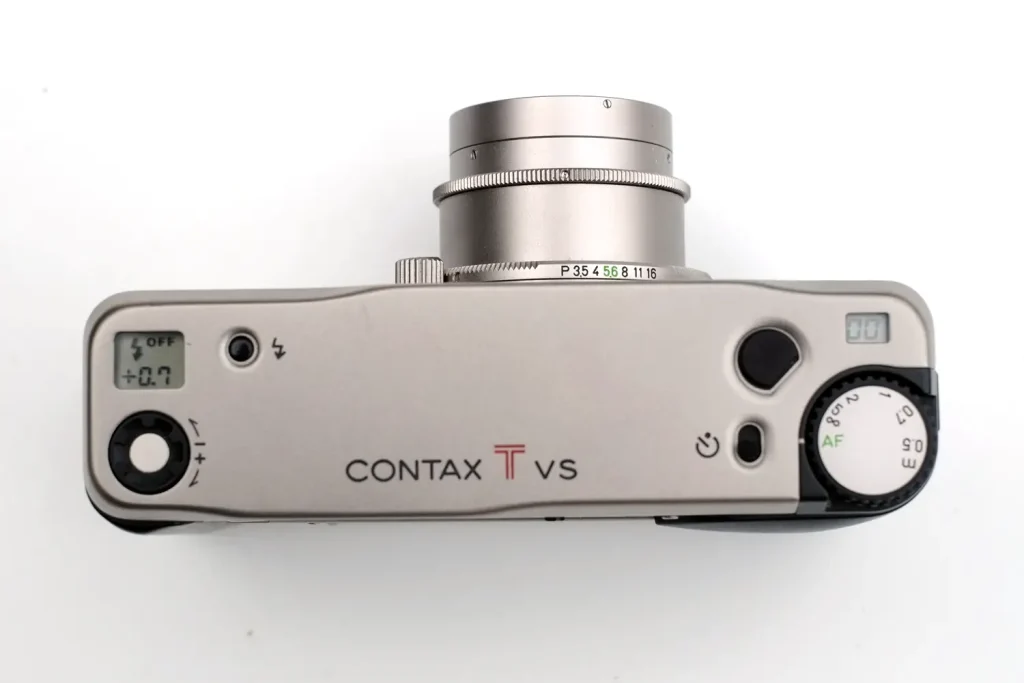
On the back there’s a smallish viewfinder window, a slide switch to activate a now pointless panorama mode and a film canister peephole for forgetful people like me.
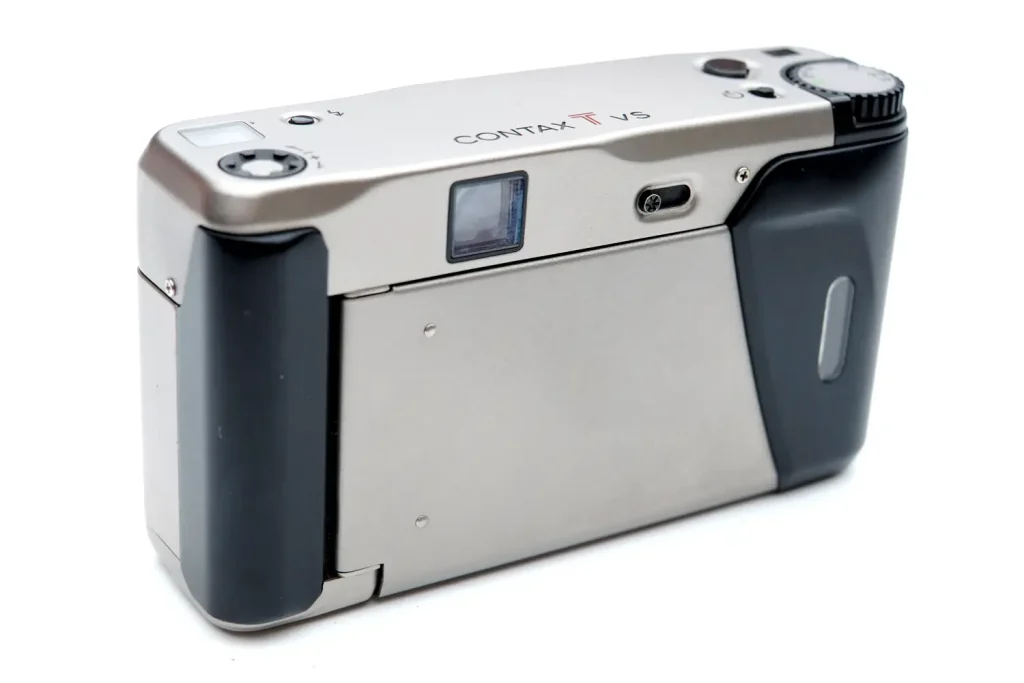
The Contax TVS has a thread for 30.5mm filters but doesn’t meter behind the filter so you’ll need to use the compensation dial to account for filtration. It takes one CR123 battery which seems to last forever if you go easy on the flash.
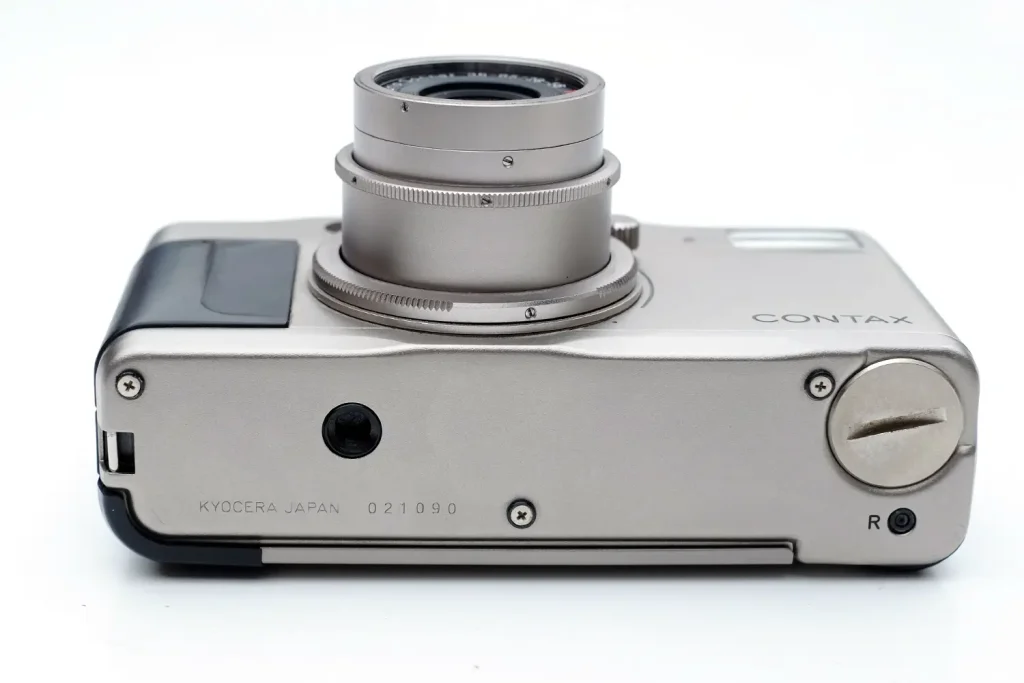
Contax TVS Shooting experience
This is a solid little camera. It weighs just over 400 grammes with battery and film loaded and, for me, it feels just right. Holding it with one hand is easy but two plastic thumb and finger grips on the front right and back left encourage two handed use – that’s how I hold the thing.
I’ve taken to using my Contax TVS mainly as a family snapper or for photo walks around town – it’s also a camera I pop in my work bag for the everyday stuff. The Vario-Sonar lens has a modest 28-56mm zoom range which is perfect for this type of photography I think. Groups of people, the odd portrait and street scenes.

I wouldn’t take the Contax TVS out to capture the subtleties of a sweeping landscape but am more than happy to stick it at 28mm and grab something scenic in passing if the opportunity presents itself.
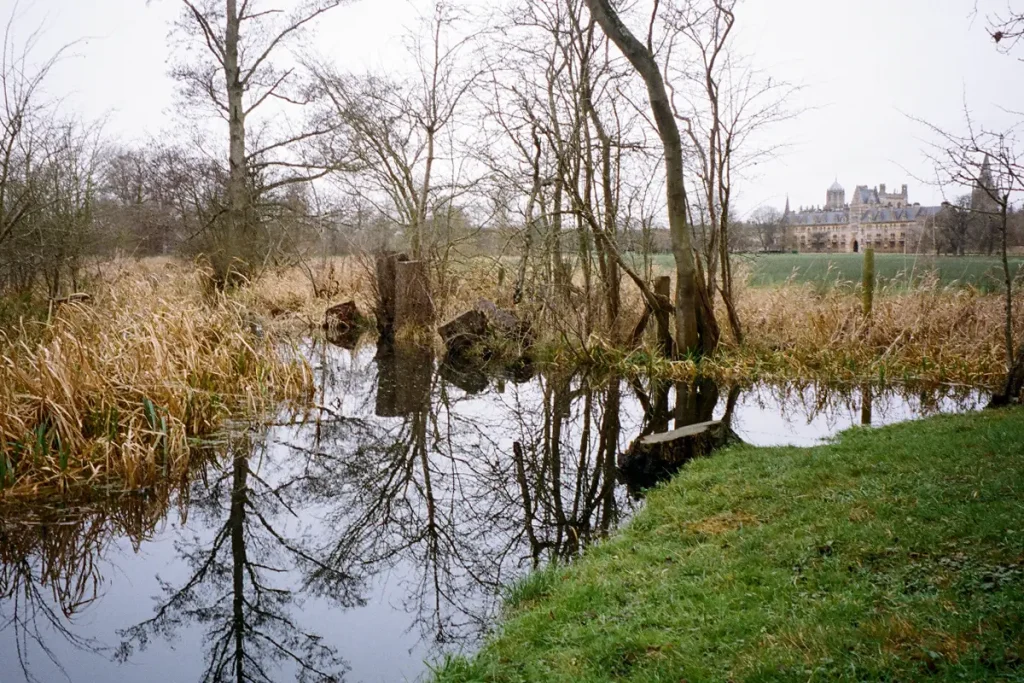
Unlike the later Contax TVS versions, and in line with the generally tactile design, the zoom is controlled using a physical tab on the lens barrel. This tab also acts as an on/off switch. To turn the camera on just move the zoom ring anticlockwise from a five o’clock position then back to switch off. The action is pretty smooth with a subtle but noticeable extra effort needed to move from off to on and prevent accidental activation in your pocket or bag. To be honest it took me a little while to get used to using the lens tab for zooming. But once I got in the flow I grew to love it. It’s responsive and accurate – so much better than the fiddly electronic T and W buttons on the TVS III and most other compact zooms. In the off position the lens retracts right into the camera body then extends a few inches out as you zoom.
I hardly ever use flash but the built in unit seems pretty powerful and on the odd occasion I’ve used it it seems to be metered accurately.

One other small but important (for me) detail is that the Contax TVS has a standard lens cap rather than the fancy flipdown cover of the later model. I much prefer this. The cover flap on my old TVS III looked cool but was a pain in practice. I was in constant fear of knocking the thing off. I think I’m in a minority on this, Bellamy from JCH loves it, but give me a simple lens cap (or nothing) any day.
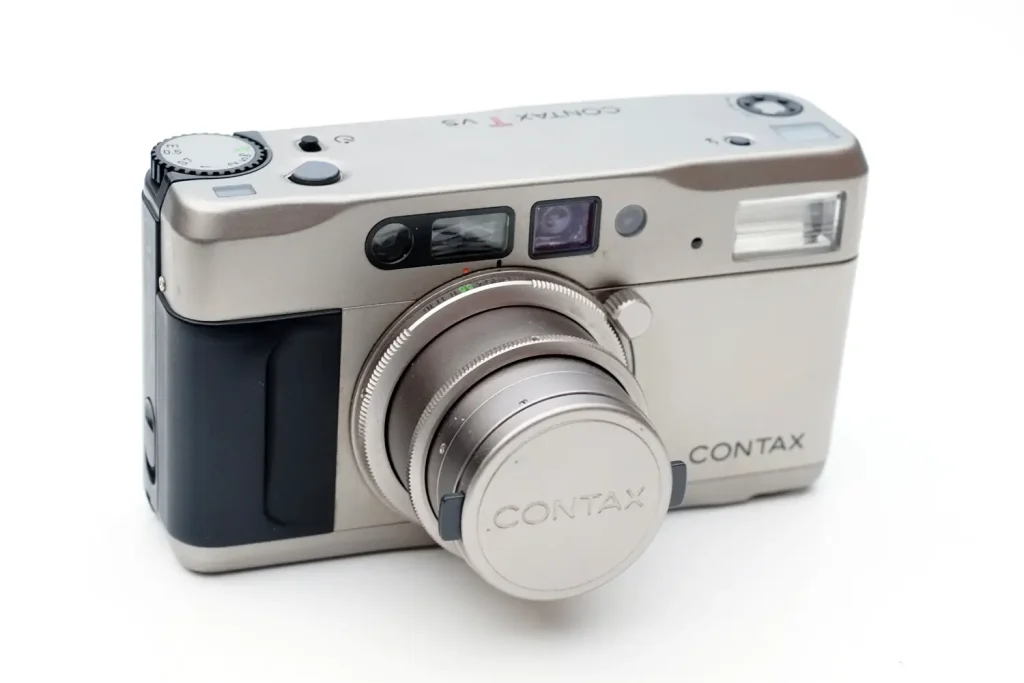
The Contax TVS viewfinder isn’t the biggest or brightest and according to some is dimmer than the TVS II and III. If that’s a big priority for you it might be worth bearing in mind but I’ve got no real complaints. Compared to most compacts however this is a decent viewfinder which automatically masks for parallax so stays accurate even when close up. No great shakes but plenty good enough for me in daylight.
The in-viewfinder shooting info is great though – a clear greeny-yellow LCD display below the picture frame showing all the things I care about and none of the things I don’t. It activates instantly on a half-press of the shutter button (so doesn’t drain battery when not in use) and shows, from left to right: exposure compensation, flash status, focus status, aperture and shutter speed. I won’t go into detail on those, they’re pretty obvious, except for a few words on the focus indicator. In autofocus mode the LCD shows a little black circle if focus has locked successfully.
If you’re too near – (less than 50cm) a little black > arrow flashes, on the rare occasions when focus fails completely two arrows flash. Simple. In manual mode these arrows become an electronic rangefinder focus aid showing whether the centre of the picture frame is in focus at the selected distance or is too near (>) or too far away (<). I don’t think many photographers who use the Contax TVS in manual mode will need these guides but they do seem very accurate and might be helpful in some situations. There’s an IR focus assist light if you’re using AF in low light – I hardly never do but I suppose it’s nice to have.
Autofocus itself is fast and very accurate; it triggers pretty much instantly on a half-press of the shutter regardless of whether the camera has been in sleep mode or not. In good light I sometimes zone focus at 2m /f11 to get a wee bit more responsiveness but 90% of the time I use this camera in a fully auto AF/P configuration and it rarely lets me down.
Exposure metering is also good. It’s heavily centre weighted and locks alongside focus if you choose to recompose. In manual mode it becomes a centre weighted reflective spot meter. I don’t bother fiddling with DX coding with this camera – the compensation dial makes it easy to adjust up to 5 stops either way then forget about. No fiddling back through menus every time you start up. My usual default is 1+ stop overexposure or +2 stops if I’m using a colour film that likes the light.
The Contax TVS shutter release is surprisingly good. At first I was worried it might be a bit ‘electronic’ and over sensitive. But it has been designed well so that a half press to focus is a mere hair trigger that needs almost no pressure. To take the shot requires enough extra pressure to prevent mistakes. It’s small and recessed to prevent accidental firing which is appropriate for a camera like this. There’s no cable thread so forget using a shutter button and fancy ‘middle of the finger’ technique to minimise camera shake.
This is a quiet camera by any measure and compared to most film compacts is positively monkish. The autofocus mechanism emits a short half-second mouse-cough when seeking focus while the film wind motor is about as quiet as these things can ever be. Your subject will be unlikely to notice either sound unless you’re in a church or library.
So in summary the Contax TVS is a pleasure to use. Comfortable, tactile and with a nice balance between physical controls and useful electronic displays. It has a good range of ‘features’ but all of them can be happily ignored if you choose. The design is clean and sleek but perhaps a little bland for some tastes. This isn’t a camera people swoon over on the street but is one that works hard for, rather than against the photographer. But what about the images?
The Contax TVS Lens
I’m no optical expert and find most of the fine detail of lens design mysterious so apologies in advance for the superficial discussion. The bottom line is that I like the pictures from the Contax TVS lens. It’s not as bitingly sharp across the frame as the T2 but plenty sharp enough in the centre at all apertures, and very very sharp from f5.6. It’s not especially characterful or quirky and might be a little too modern and ‘perfect’ for some tastes. But as someone who owns and uses quite a lot of other characterful, quirky (and also some crappy) lenses the relatively straightforward but high quality results of the TVS Vario-Sonar are right for the uses I make of it. High contrast, virtually no distortion, good colour rendition, almost no tendency to flare and some nice but subtle vignette, especially pronounced at wide apertures.

It’s not fast, the maximum aperture ranges from f3.5 (wide) to f6.5 (zoom) so it’s definitely not one for bokeh-fetishists or low-light shooters unless you’re one of those cools kids who deliberately goes in for the compact flash look.
I can’t tell the difference between photos from this lens and the later, subtly redesigned version on the TVS III but the internet tells me the latter is marginally better at taking photos of colour cards and brick walls. In practice it’s a mighty fine zoom if used in appropriate conditions.
Mine seems to have a ‘sweet spot’ at 35mm where sharpness is maximised and vignetting/corner softness minimised. On the very rare occasions I care about those things I use the LCD indicator to find 35mm and shoot at f5.6/f8.
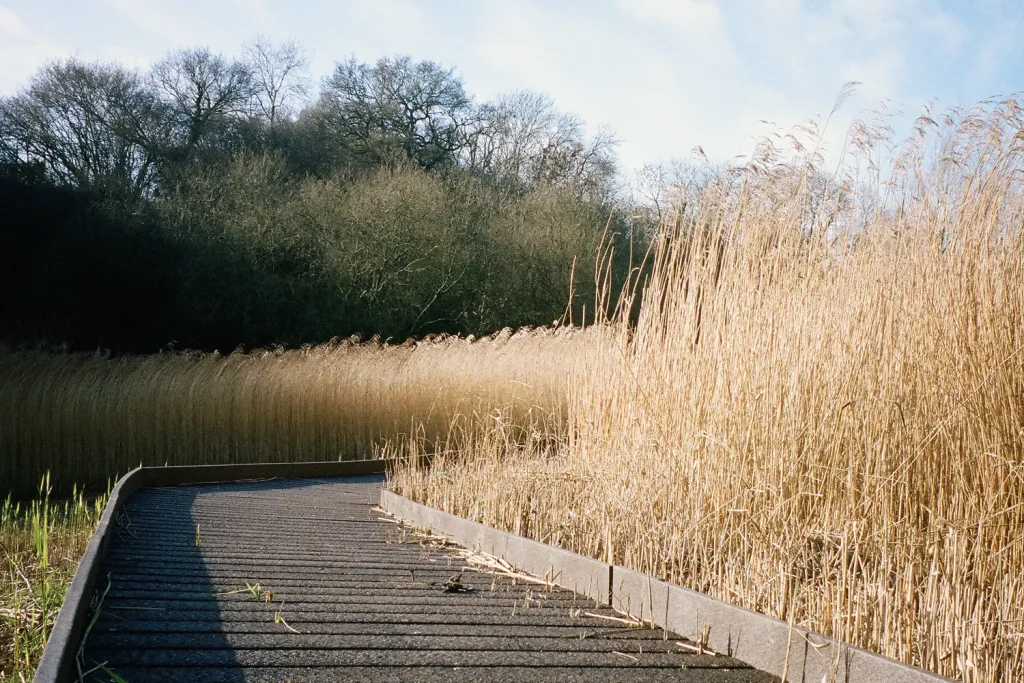
Weaknesses
I suppose, for some, the main weakness of this camera is that it’s not a T2 or T3. Where those cameras produce images of outstanding technical excellence this one is merely very good. It’s neither as electronically sophisticated or pretty as the later Contax TVS zooms nor able to compete on ultimate image quality with the primes. On such things reputations are built, especially in camera forums. For me these are relatively trivial matters in 2016 and are outweighed by the overall ‘feel’ and experience of using the camera and the convenience of the zoom for the kind of photos I take with it.
More critical than any of that is the fact that this camera, like most of its type, is probably living on borrowed time. None of the Contax compacts have a reputation for great reliability and they are all long beyond realistic service. Whether they fail mechanically or, more likely, electronically the chances are they will fail beyond repair in the not too distant future. A particular concern with the TVS is a thin micro ribbon cable connecting the lens to the camera body. Without this the camera is defunct unless you know a friendly micro-solderer of some considerable skill and patience. In the off position this cable folds on itself inside the lens barrel in a quite disturbing position that is bound to create points of weakness. To mitigate this I try to store the camera with the battery out in a fully extended position so at least the cable is straight when not in use.
Here are a few more shots from recent rolls to give a flavour across some different types of picture…
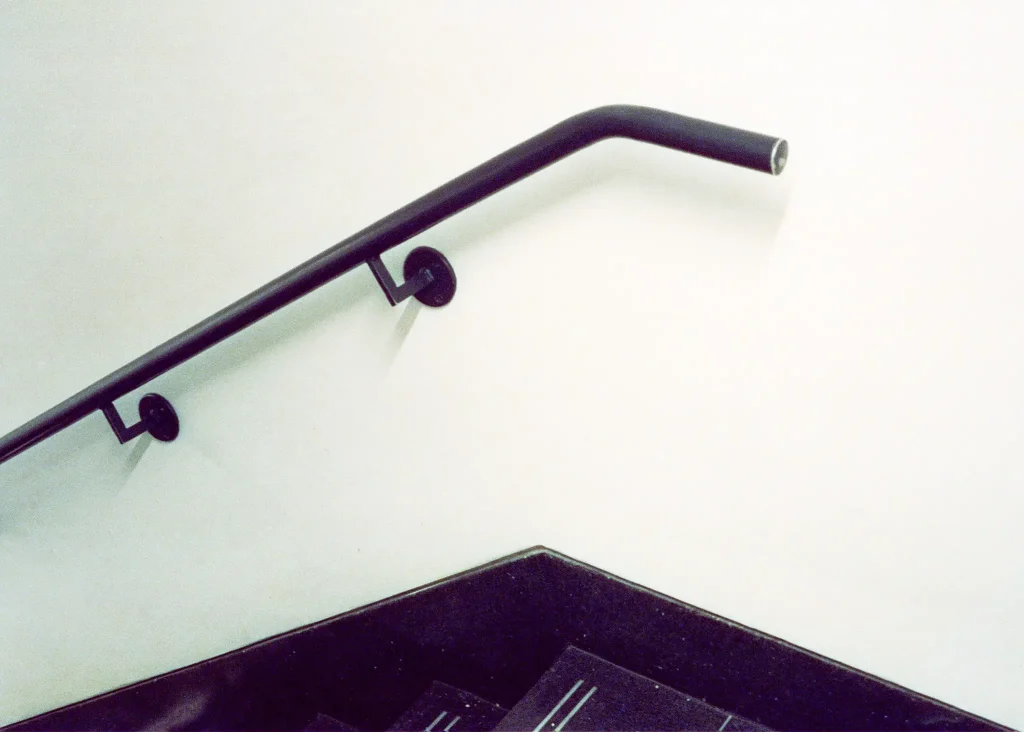
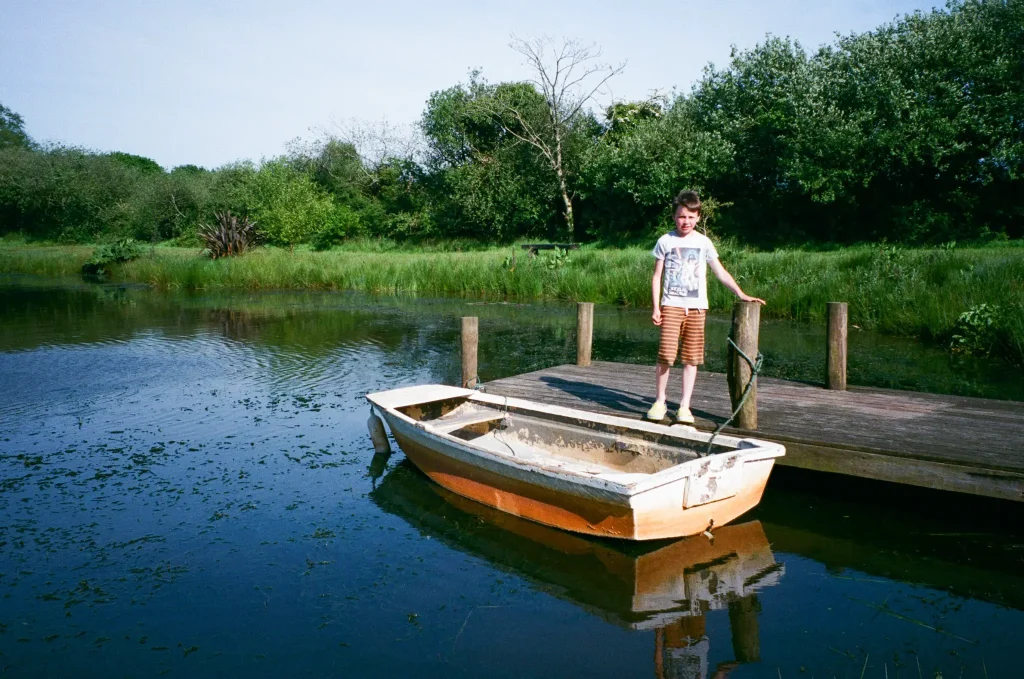
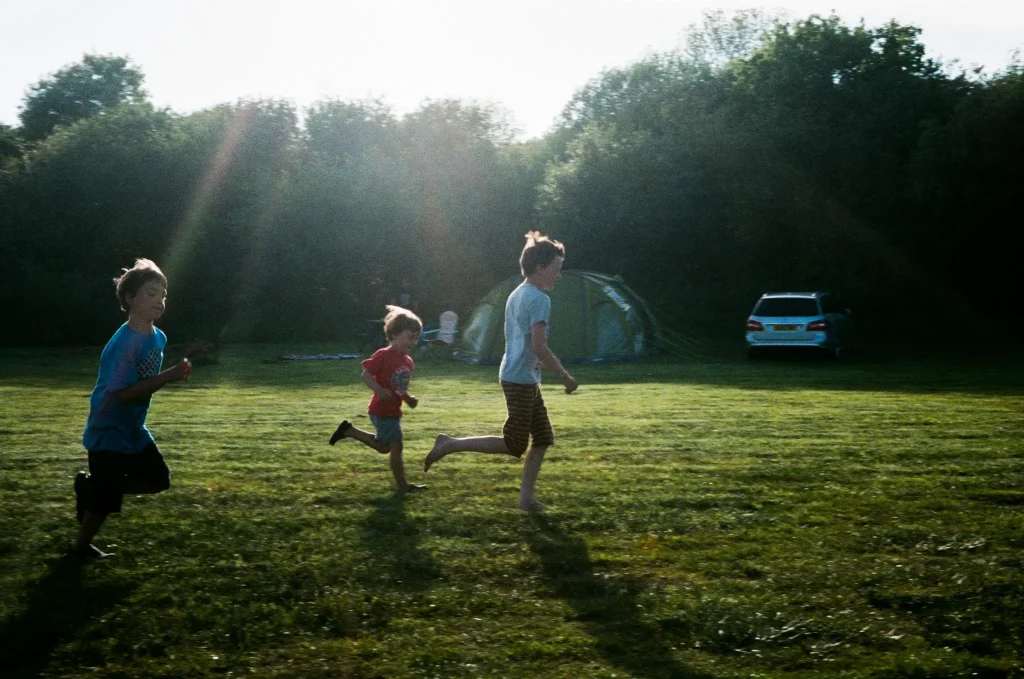
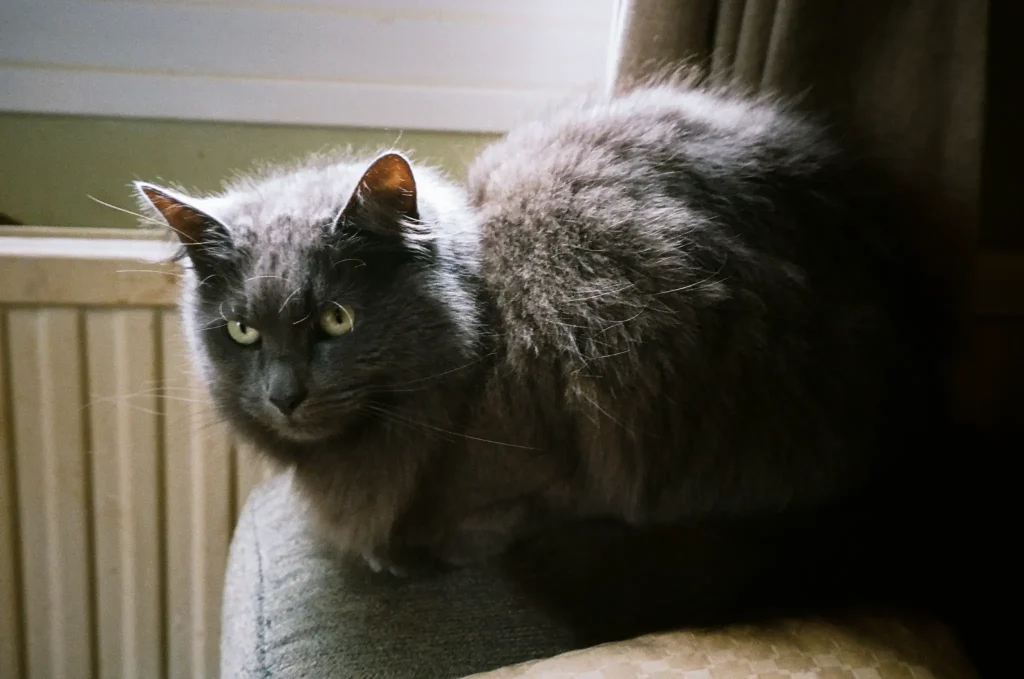
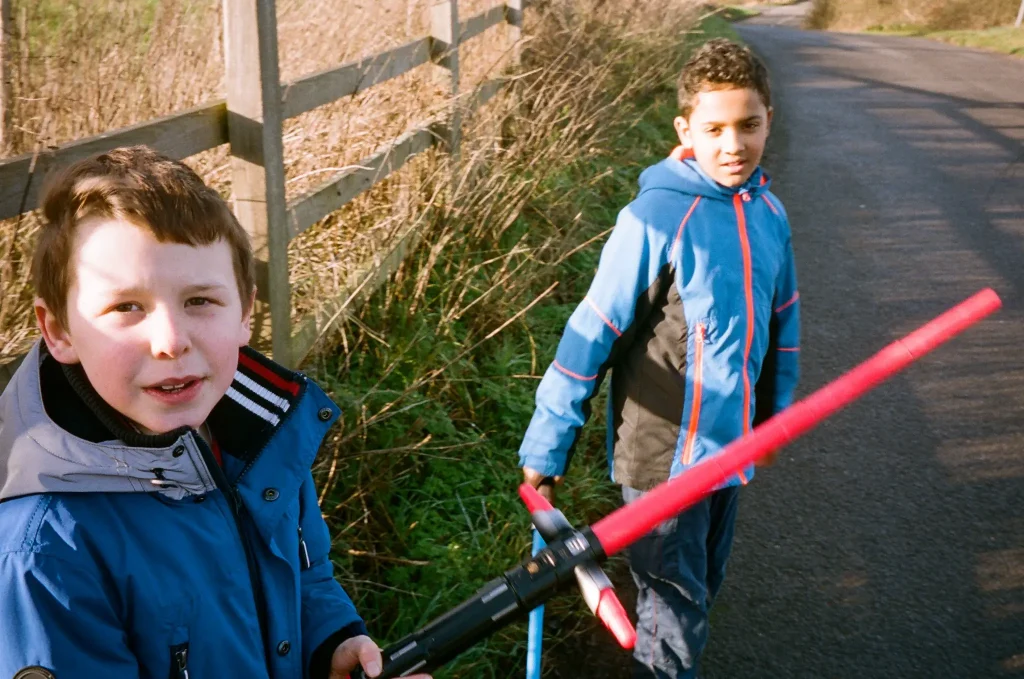

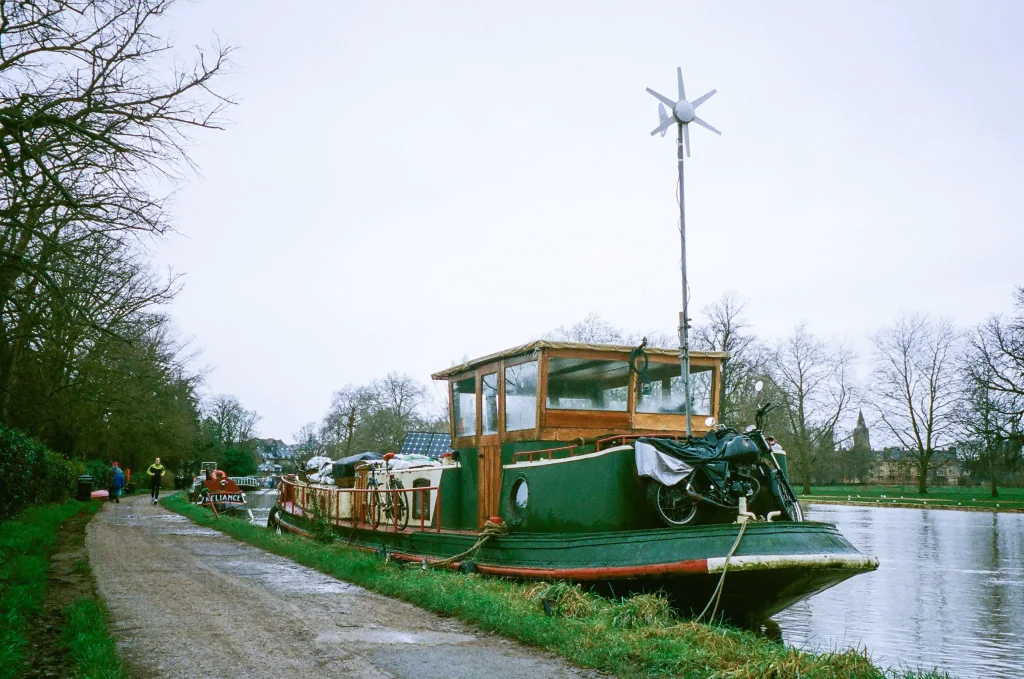
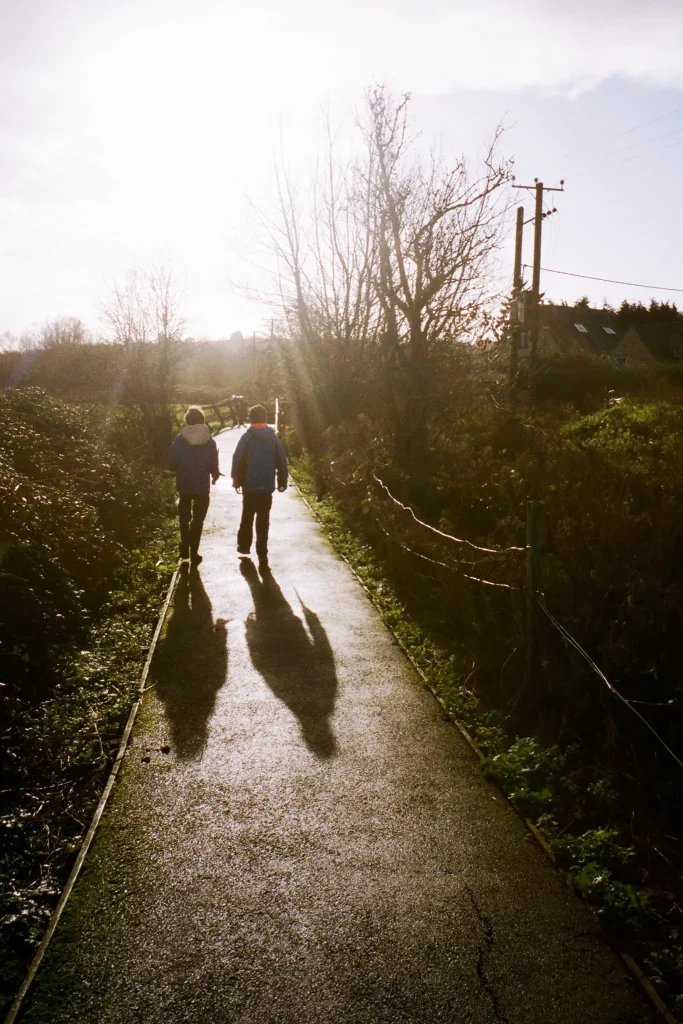
Concluding thoughts on the Contax TVS
If you’re looking for a quality compact zoom the Contax TVS is worth a close look. It’s a comparative bargain at around £100 and is considerably cheaper that the later TVS versions, produces images that stand up with just about any compact zoom (film or digital) and is, for me, more enjoyable to use than most. Sure, the lens won’t win any lab tests against the T2 or T3 primes but then what zoom could? Don’t get me wrong: this is far too competent and stern a camera for me to fall head over heels in love with (it’s no Leica, no Vito B or XA) but if, like me, you want a higher end camera for snapshot photography I doubt there are many alternatives that offers such a good combination of useful features, effective design, solid build, value for money and excellent optics. And with a Contax badge on the front too!
Share this post:
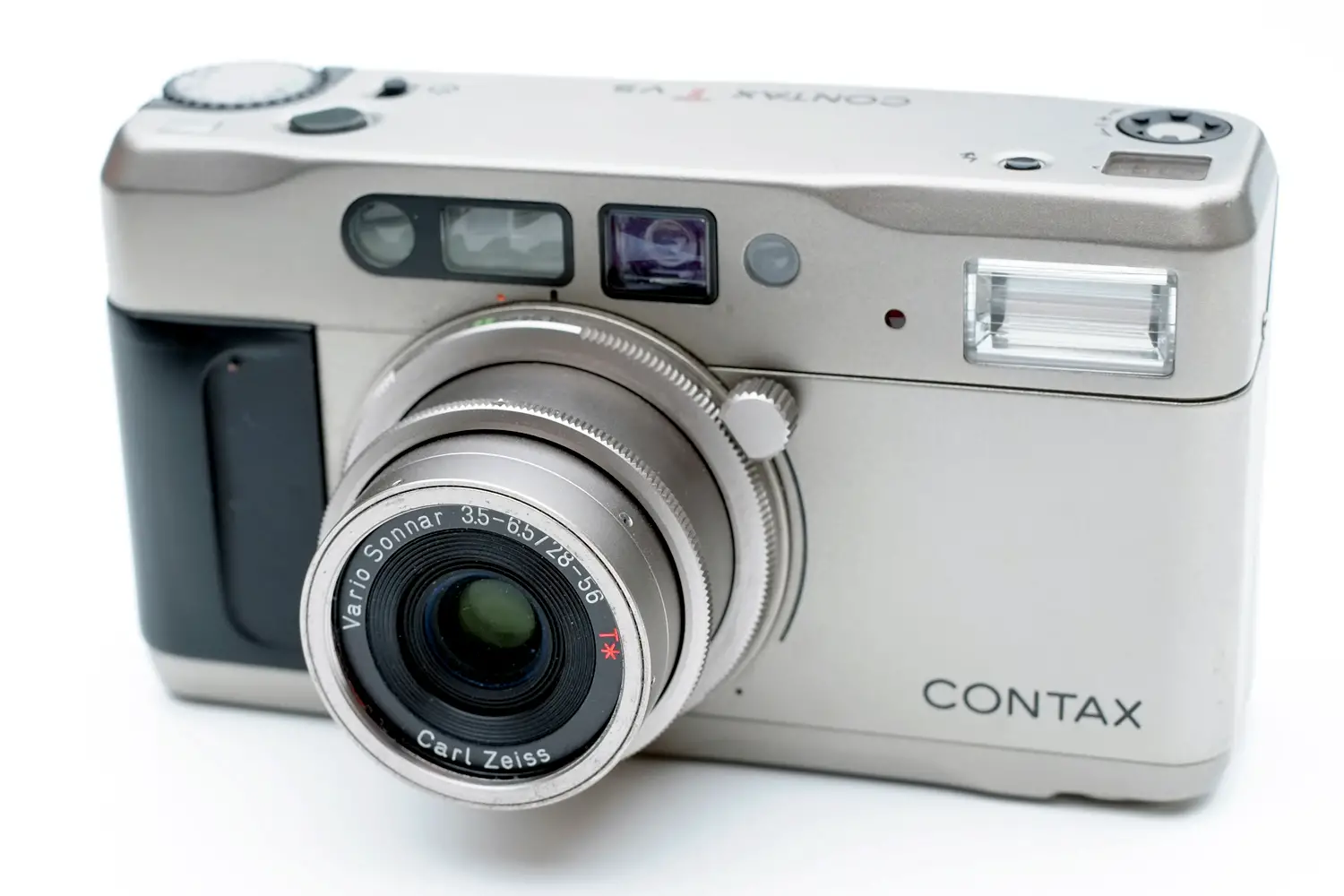

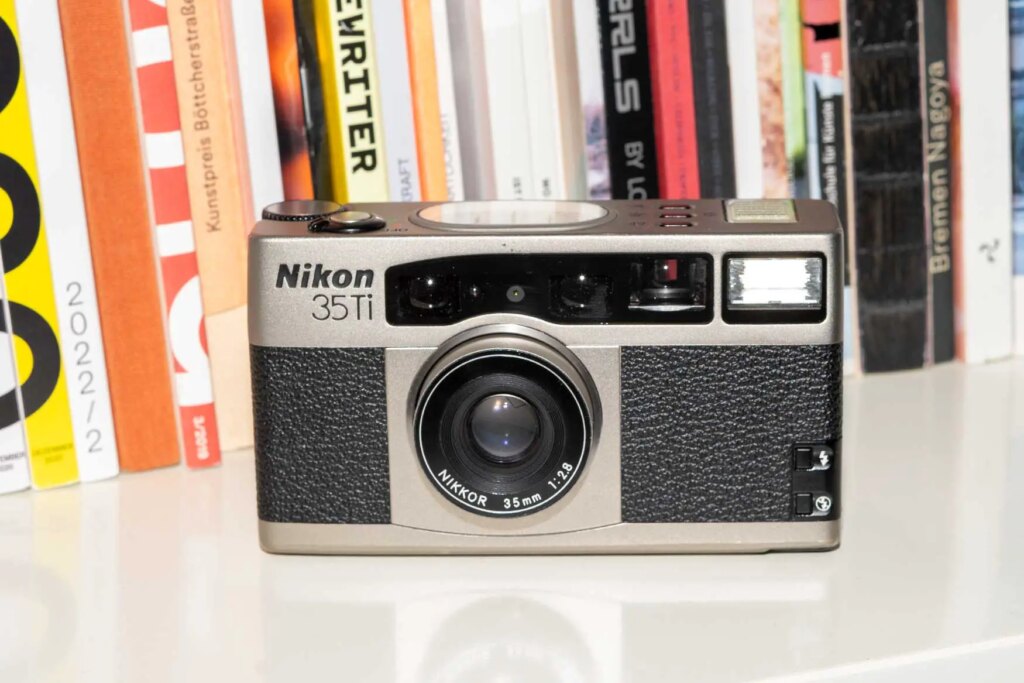
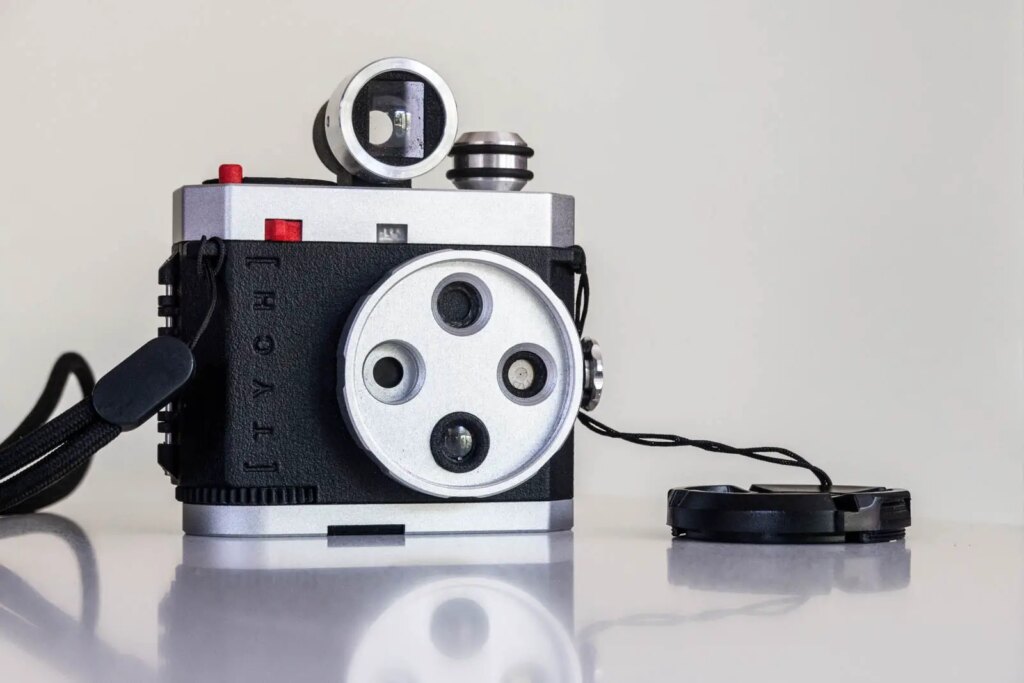
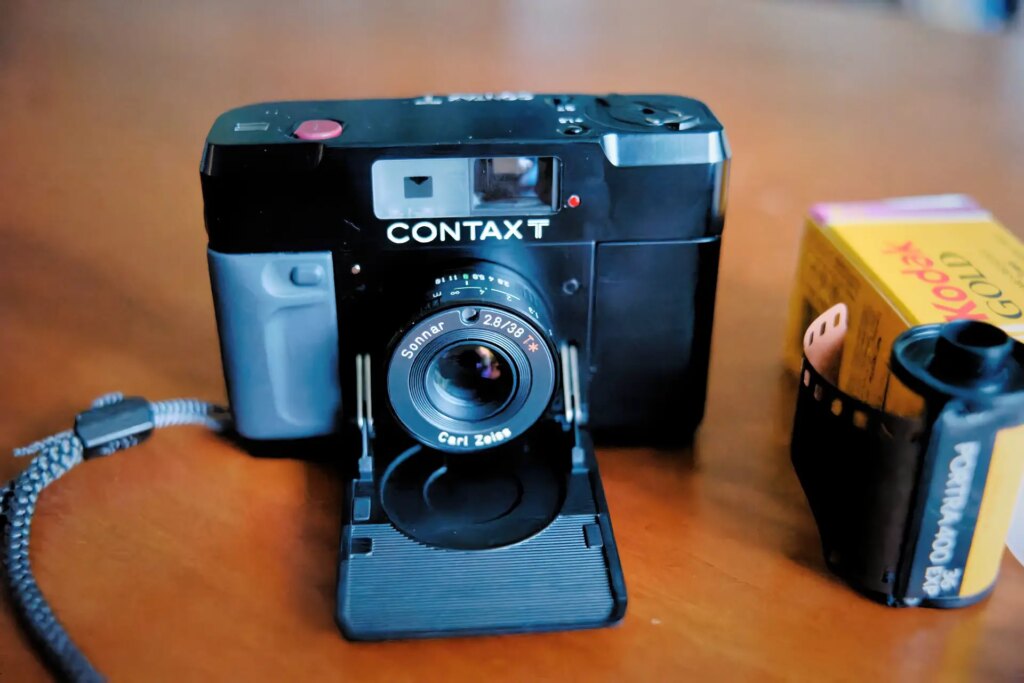




Comments
jeremy north on Contax TVS Review – The ‘Executive’ Compact Zoom – By Eddy
Comment posted: 11/09/2016
You shattered my illusion that the velveteen box in which came my Contax iia isn't made of albino vole skin!
I have lots of Contax cameras but not a compact. If ever I decide to replace the Rollei 35SE I think I'd go with the T2 or 3, however the TVS looks to be a very strong contender.
Comment posted: 11/09/2016
Comment posted: 11/09/2016
Comment posted: 11/09/2016
Comment posted: 11/09/2016
Dan James on Contax TVS Review – The ‘Executive’ Compact Zoom – By Eddy
Comment posted: 12/09/2016
Brian on Contax TVS Review – The ‘Executive’ Compact Zoom – By Eddy
Comment posted: 18/09/2016
I also use the TVS(ii) and your review reflects pretty much all of my thoughts on it. Also a recent convert to the Contax ecosystem, and after acquiring several cameras, I would recommend something other than RTSiii, for it's rather heavy. Beautifully solid in a good way, but much too weighty...
Comment posted: 18/09/2016
Frank Lehnen on Contax TVS Review – The ‘Executive’ Compact Zoom – By Eddy
Comment posted: 27/11/2016
But the first film did not work out. All frames under-exposed, and not too sharp. Is my unit at fault? I used correctly DX-coded Ilford HP5 so any DX error can be excluded. Flash or no flash, all the negatives are under-exposed.
I really wanted to love the Contax T vs! Too bad - I'm pondering returning the thing to the eBay seller (a pro, so return will be no problem
Comment posted: 27/11/2016
Eddy on Contax TVS Review – The ‘Executive’ Compact Zoom – By Eddy
Comment posted: 28/11/2016
Chad Ivan M. on Contax TVS Review – The ‘Executive’ Compact Zoom – By Eddy
Comment posted: 15/03/2017
Thank you for your review and photos. I'd venture to say that your experience with that camera is something I've experienced with my collection and feels like something I would have said about them, making my decision easier to make.
Lee on Contax TVS Review – The ‘Executive’ Compact Zoom – By Eddy
Comment posted: 27/08/2017
Comment posted: 27/08/2017
Johnny on Contax TVS Review – The ‘Executive’ Compact Zoom – By Eddy
Comment posted: 18/09/2019
Andrew Peverini on Contax TVS Review – The ‘Executive’ Compact Zoom – By Eddy
Comment posted: 16/11/2019
Ric on Contax TVS Review – The ‘Executive’ Compact Zoom – By Eddy
Comment posted: 10/01/2021
Comment posted: 10/01/2021
Comment posted: 10/01/2021
vellad on Contax TVS Review – The ‘Executive’ Compact Zoom – By Eddy
Comment posted: 29/05/2024
Comment posted: 29/05/2024